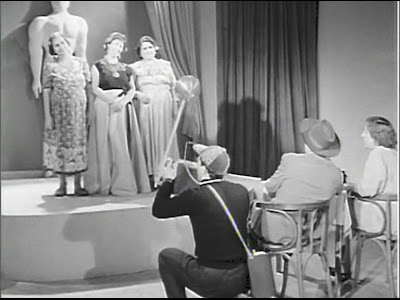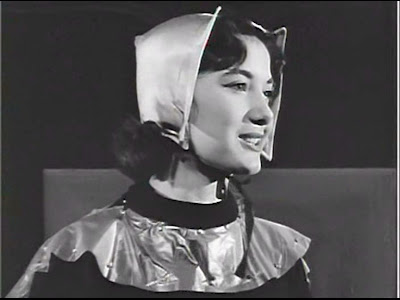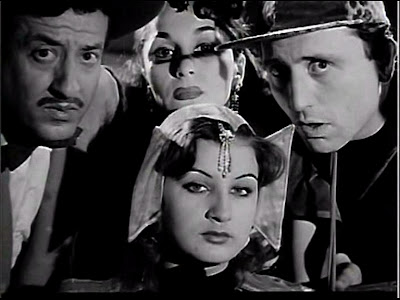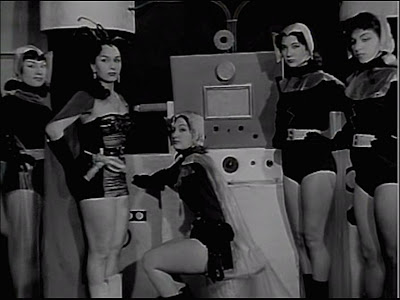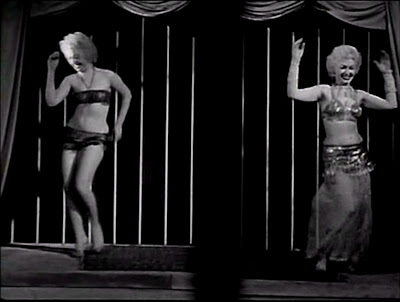Turkish cinema was enjoying a Golden Age, every film released breaking new records. And one man wrote the scripts for almost all those memorable films: Safa Önal.
As Turkey’s ‘Hollywood', Yeşilçam has a special place in world cinema. Despite the passage of time, generational differences and all the technical developments in the field, its frequently watched productions retain their unique aura even years later. Their plots, characters, earnest dialogues, music and visual elements defy classification. Turkish cinema came into its own with Yeşilçam. In a period when movie theaters were filled to capacity, handsome actors and beautiful actresses became stars along with the films they played in. As the films were breaking all box-office records and the actors graced the silver screen with superb performances, the name of one scriptwriter who had dedicated his life to the cinema appeared at the bottom of almost every screenplay. Safa Önal, who first made his mark in Yeşilçam with ‘Bloody Money', shot in 1953, chalked up a record of his own with more than four-hundred filmscripts, a success achieved by no other screenwriter.
Safa Önal is one of the first names that comes to mind at the mention of Turkish cinema. Can you tell us about the years when you got into Yeşilçam?
To tell you the truth, a brief answer to that question is impossible, because it’s a long story. Let me say first of all that going into film as a profession had never crossed my mind. I had no such ideal or aspiration; I was merely an avid cinema-goer. It all began when I was thirteen and developed a passionate interest in writing. I was a voracious and insatiable reader. My first piece of writing appeared in a children’s magazine called ‘Bilmece’ in September 1945 and my short story writing developed rapidly. When I was nineteen my stories were appearing in the daily Milliyet four days a week. Later I started writing for ‘Hafta', Turkey’s highest circulation magazine of the time. When I returned from my stint in the army, I was editor of a magazine called ‘Yelpaze’ for eight years. In 1953, when I was put in charge of Yelpaze, a newspaper called ‘Yeni Sabah’ asked me to produce a script for a graphic novel. I worked on it one whole summer. When producer Hasan Kazankaya heard the story, he said it would make a good film and suggested introducing me to Orhon Murat Arıburnu, so I read the story to him as well. He listened impassively without interrupting. When I finished, he said, “Congratulations! I really liked that story and I want to turn it into a film. What do you think?” The next day I went to Duru Film Studios. I still remember the cool wheather: the color of the sun, the smell in the air... I was twenty-two years old and very excited about this new beginning. Not long after that I started working with Arıburnu on the film, and ‘Kanlı Para', with Ayhan Işık and Nedret Güvenç in the lead roles, was shot at the end of September. And that is how I came to be in the cinema.
You have written over four-hundred screenplays. You’re even in the Guinness Book of Records for most number of scripts made into movies. Had you ever imagined such a thing was possible?
Turkish cinema has made great strides in recent years. As someone who has witnessed the turning points in Turkish cinema firsthand, how you would access the situation today?
It’s extremely encouraging. I’ve been serving on the festival juries for years. Until a few years ago only a handful of films came to us to be judged. Today, when the cost of making a film has skyrocketed, a young generation of filmmakers willing to undergo a myriad of material and emotional hardships has emerged in the Turkish cinema. To give an example: for the first time in years it is possible now to put together a short list for the Antalya Golden Orange Film Festival. In the old days very few films came directly before the jury; more than enough films are being produced now to warrant a pre-elimination. This also impacts favorably on movie-goers, and interest in Turkish cinema is growing accordingly. This is especially gratifying to those of us who have devoted our lives to the cinema. I heartily congratulate the young Turkish filmmakers on all their efforts to take Turkish cinema to greater heights.
‘Hicran Sokağı’ ('Separation Street'), a film for which you not only wrote the script but which you also directed, opened in Turkish movie theaters in December, bringing you back into circulation with movie-goers after a lengthy hiatus. How has it been received?
In terms of its cast, ‘Hicran Sokağı’ is a first in Turkish cinema; but I’m afraid it is also going to be a last. Apart from the good and bad reviews, let me say this about the film: it is a film about the history of the Turkish cinema. Many actors both male and female who lived through and created the Golden Age of Turkish cinema came together in this film for the first time. Bringing many actors and actresses like Türkan Şoray, Hülya Koçyiğit, Selda Alkor, Cüneyt Arkın, Tanju Gürsu, Engin Çağlar together with young actors was a great pleasure. Bülent Kayabaş had this to say about the film at a press conference: “These people, whom you’d have a hard time getting together even to take a photograph, much less shoot a film, came together for the first time for Safa, who is like a big brother to them.” I was truly honored to hear that!
You teach at the Creative Writing Workshop of the Screenwriters’ Association as well as at the Müjdat Gezen Art Center. Do you have other ongoing projects?
The Film-San Foundation wants to open a screenwriters’ workshop and came to me with a proposal to set it up. I accepted gladly because I really love this kind of work. I have a film project, and at the moment I’m writing a new screenplay as well. I’m also working on two short stories. One of them is about a person who was buried under the rubble for four days after the Gölcük earthquake in 1999 and was rescued from death purely by chance. I’m also thinking of completing one or two of three scripts I’ve been asked to produce by July.





















